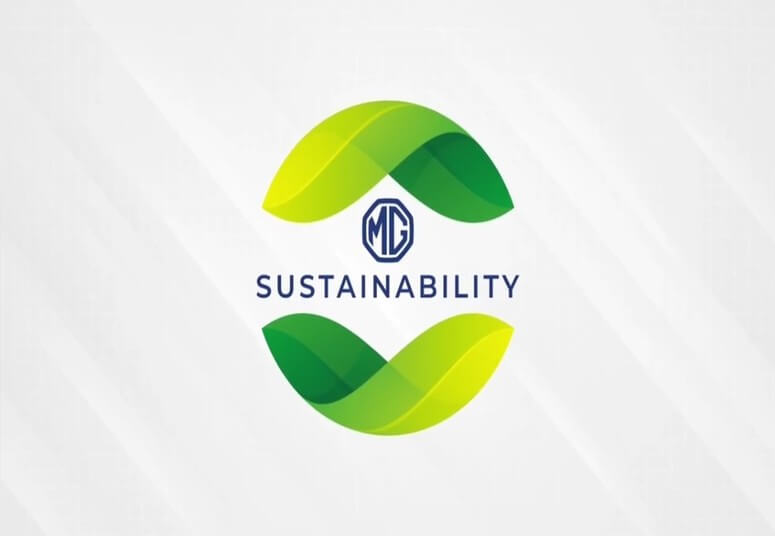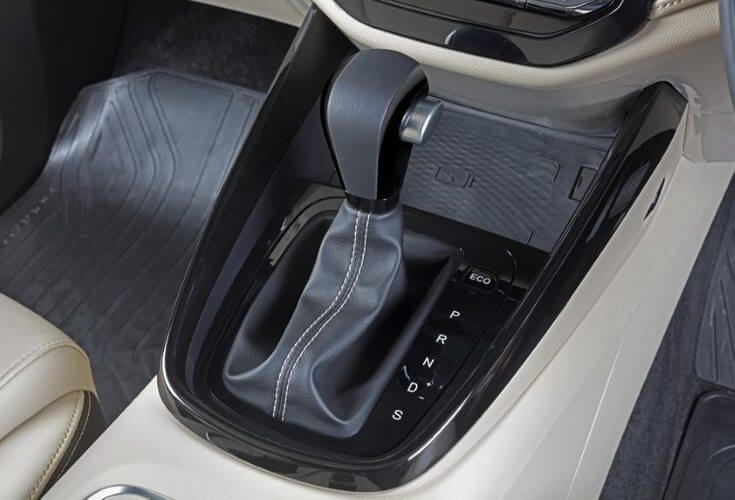Constantly fluctuating fuel prices is one of the biggest concerns for motorists, making it important to look for ways that can help you save fuel. While ditching gas entirely or partially with an electric or hybrid car is an ideal option, maximising your vehicle’s mileage by hypermiling can be an alternative route.
So, what is hypermiling, and should you try it?
Hypermiling is the process of trying to get the most kilometres from a given quantity of fuel. In simple terms, it refers to enhancing your car’s kilometres-per-litre figure. While you are no stranger to the soaring prices of petrol and diesel, it isn’t uncommon to gloss over the environmental impact of burnt fuel. So, stretching every drop of fuel does seem like a good idea.
However, serious hypermilers can resort to extreme measures, some of which even border on dangerous. This has given the practice a bad rep, but when done properly (and safely), hypermiling can be a great way to save on fuel costs and cut down on your emissions.
The Dos of Hypermiling
1. Slow and steady
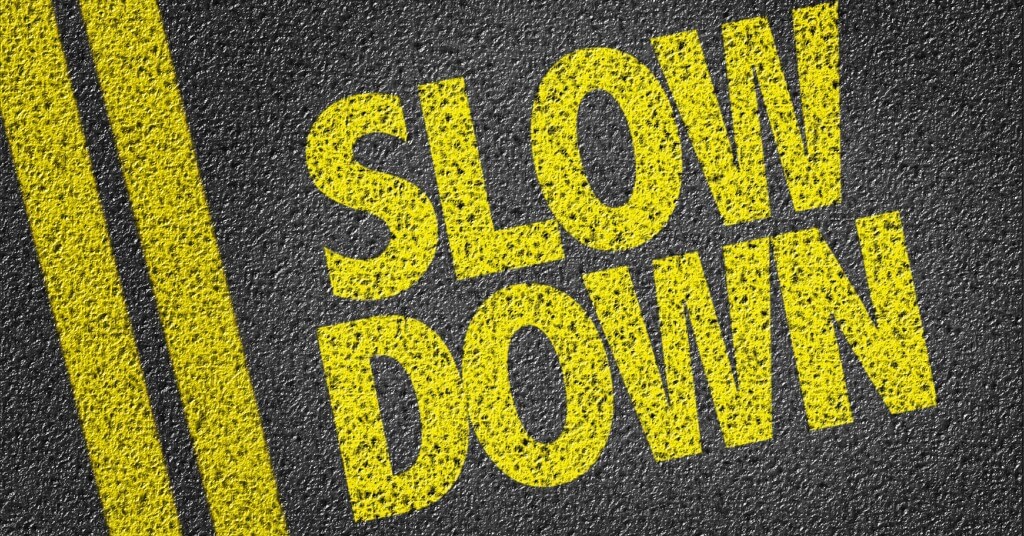
Driving at slower, steadier speeds improves fuel efficiency. Every gear has a sweet speed spot where the engine is burning fuel in the most economical fashion, and this spot is usually far below the redline. Keep the revs controlled and shift gears wisely to win the trifecta—safer drive, lower fuel consumption, lesser emissions.
2. Drive defensively
Defensive driving involves anticipating road conditions well in advance and planning your driving manoeuvres accordingly. Defensive driving is not only safe, it’s also great for your fuel efficiency. It involves gentle inputs to the accelerator and brake that improve a vehicle’s efficiency while eliminating sudden acceleration-brake cycles, which reduce fuel consumption.
3. Unload your car
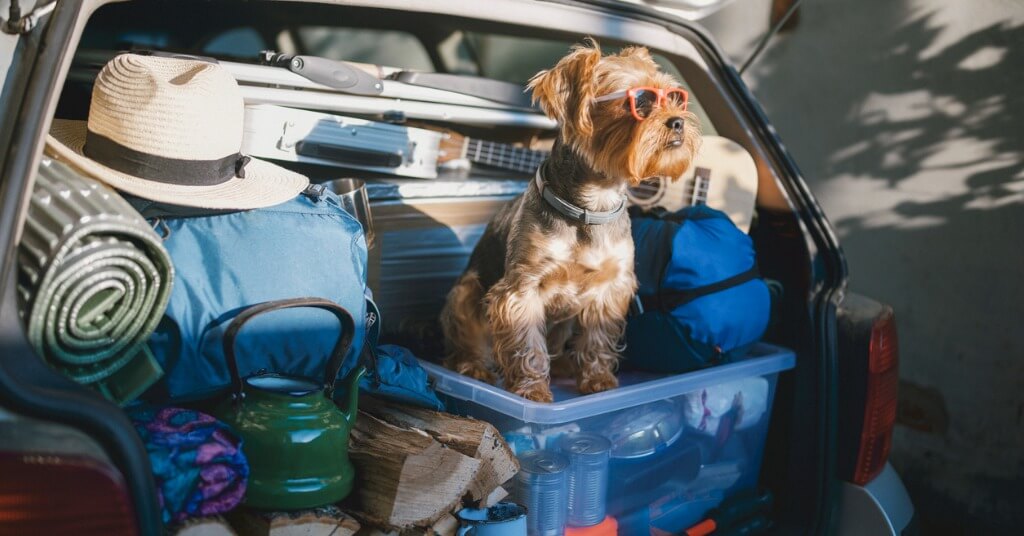
The more stuff you keep in your car, the more load your engine has to bear and consequently, the more fuel it will consume. Empty your car of things you don’t need for your current journey, including carriers, cycle racks, etc.
4. Brake prudently
A popular technique amongst hypermilers, this involves using the brakes as sparsely as possible. Braking leads to downshifting followed by heavier acceleration, both of which lead to higher fuel consumption. Driving without brakes doesn’t imply complete abstinence of braking; it simply means a more judicious application of your brakes.
5. Cut down on idling

Idling engines consume fuel without the car moving. If your car will be stationary for more than a couple of minutes, turn the engine off. Like the MG Hector 2021, some cars have automatic engine start-stop systems that kill the engine when the vehicle is stationary and automatically start it up when the clutch or accelerator pedal is pressed.
6. Control the climate
Using your car’s climate control consumes power, which is generated by burning fuel. Restrict your usage of the aircon or heater as much as possible. In hot areas, park in the shade. In cold areas, park facing the sun, so the windscreen is defrosted using solar energy. If you are running seriously low on fuel, driving with your windows up till you spot a fuel pump can help reduce the drag.
7. Think before you drive
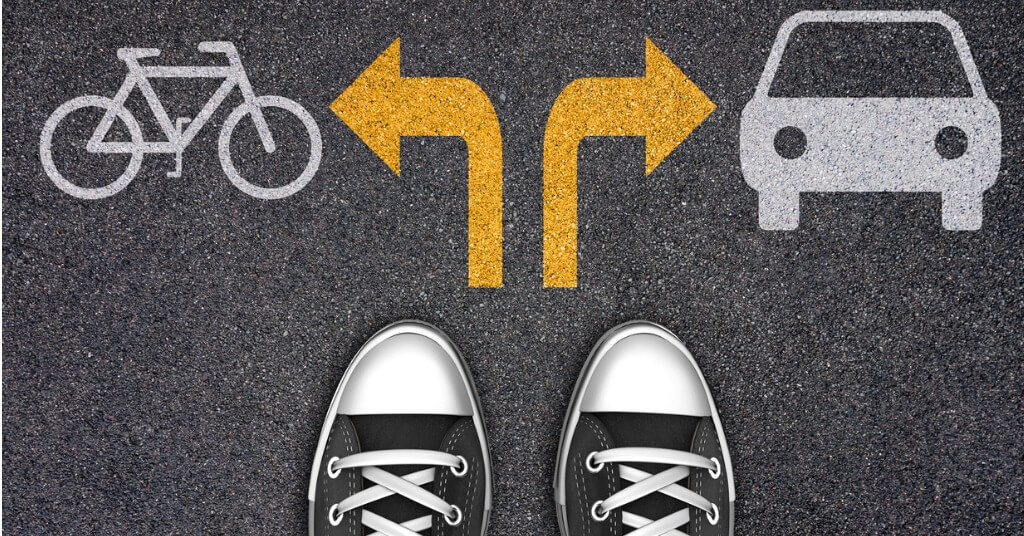
The easiest way to save fuel is by avoiding taking the car when it’s not really necessary, especially for short distances that you can cover on foot or by bicycle. Driving shorter distances is usually less fuel-efficient than long-distance driving, causing accelerated wear-and-tear on the drivetrain because the engine might not get enough time to reach its optimal operating temperature.
The Don’ts of Hypermiling:
1. Coasting
Coasting is the practice of driving (especially downhill) in neutral, possibly with the engine turned off. Coasting is extremely dangerous because it restricts your control over the vehicle, especially if the engine is turned off. It’s always safer to go downhill with a gear engaged and the engine running; most modern cars are equipped with systems to control fuel consumption in such cases anyway.
2. Drafting
Drafting involves driving behind another vehicle, usually a large one like a truck, to benefit from its slipstream—the low-pressure area right behind it where wind resistance is lowest. Effective drafting requires driving fairly close to the vehicle in front. This can cause a collision if the vehicle in front brakes suddenly or sharply.

To Hypermile or Not to Hypermile?
Hypermiling is effective at cutting down fuel consumption and emissions and can be very useful in situations where the gas tank is nearly empty, and there is no fuel pump in sight. However, knowing how to hypermile safely is essential before giving it a go. So, if you choose to hypermile, do so responsibly and cruise past the soaring fuel prices stress-free.



